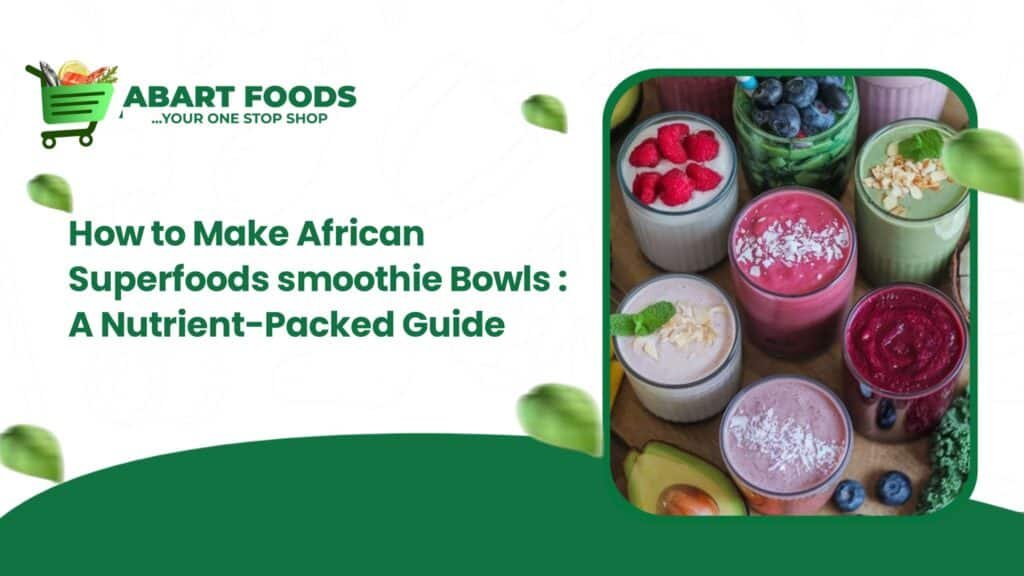In recent years, smoothies and smoothie bowls have become staples of American health food culture. Whether you’re blending up a refreshing treat for breakfast or preparing a colorful bowl as a midday snack, these nutrient-packed creations offer a delicious way to fuel your body. But what if you could elevate your smoothies and bowls with some truly powerful, nutrient-dense ingredients? Enter African superfoods.
Read Also: 7 African Superfoods You Should Add to Your Diet Today
From Baobab’s tangy citrus to Moringa’s potent green boost, African ingredients are taking the wellness world by storm. Packed with vitamins, antioxidants, and fiber, these superfoods bring not only health benefits but also a rich cultural heritage that connects us to centuries-old traditions. In this guide, you’ll learn how to incorporate these amazing ingredients into your smoothies and bowls for a boost of energy, flavor, and wellness.
Read Also: The Nutritional Facts of Beef Feet: Benefits, Recipes & Cooking Tips
Part 1: Understanding African Superfoods in Modern Cuisine
Baobab
Known as the “Tree of Life,” Baobab is packed with vitamin C—more than oranges—and is an excellent source of antioxidants and dietary fiber. This superfood has a citrusy flavor that makes it an excellent addition to smoothies.
Moringa
Often referred to as the “Miracle Tree,” Moringa is a complete protein and contains a range of essential vitamins and minerals, including vitamins A, C, and E. Its earthy flavor and nutrient profile make it a great addition to green smoothies or bowls.
Fonio
Fonio is a gluten-free ancient grain that’s been part of West African cuisine for thousands of years. Rich in amino acids and high in iron, it has a light, nutty flavor and works well in both smoothies and as a base for smoothie bowls.
Tigernuts
Despite their name, tigernuts are actually tubers packed with prebiotic fiber and healthy fats. They offer a subtly sweet, nutty flavor and are perfect for adding crunch or blending into creamy smoothies.
Other African Superfoods to Explore:
- Hibiscus: Tangy and slightly floral, perfect for a refreshing burst of flavor.
- Teff: A small, gluten-free grain with a nutty taste and high protein content.
- Yam Bean: A tuber with a slightly sweet, starchy texture, perfect for creamy bases in bowls.
These ingredients work wonderfully in smoothies and bowls because of their diverse flavor profiles, textures, and high nutritional content. When experimenting with new superfoods, it’s important to balance flavors—tart, sweet, savory, and earthy—so that the dish is both delicious and satisfying.
Part 2: Essential Equipment and Pantry Staples
Equipment You’ll Need:
- Blender: A high-powered blender will make sure your superfoods are smoothly incorporated into your smoothies and bowls.
- Bowls: Opt for deep bowls to hold your vibrant creations. Wide, shallow bowls are perfect for showcasing your beautiful toppings.
- Storage Containers: Airtight containers to store leftover ingredients or prepared smoothie packs.
Pantry Staples That Pair Well with African Superfoods:
- Nut butters (almond, peanut, cashew)
- Coconut milk or almond milk
- Chia seeds and flaxseeds
- Honey or agave syrup (natural sweeteners)
- Frozen fruits (mango, berries, bananas)
Where to Source Quality African Ingredients:
Look for online retailers or local specialty stores offering African food products like Abartfoods. Natural food stores and markets dedicated to global ingredients may also stock these superfoods.
Read Also: 7 African Superfoods You Should Add to Your Diet Today
Storage Tips:
Store your African superfoods, like Baobab powder or Moringa leaves, in a cool, dry place. Once opened, keep powders in airtight containers to maintain freshness. Fresh ingredients, like Hibiscus flowers or Tigernuts, should be kept in sealed bags or jars.
Part 3: Building the Perfect African-Inspired Smoothie
To create the perfect smoothie, follow this step-by-step formula:
- Start with a liquid base: Coconut water, almond milk, or freshly squeezed juice pairs beautifully with African flavors.
- Add fruits: Tropical fruits like mango, pineapple, and banana are great for balancing the tangy or earthy flavors of superfoods.
- Incorporate powders: For a nutritional boost, add a teaspoon of Baobab or Moringa powder to your blend.
- Sweetener: Adjust sweetness with honey, agave, or dates, depending on your preference.
Here are 4 specific recipes:
Baobab Tropical Sunrise Smoothie
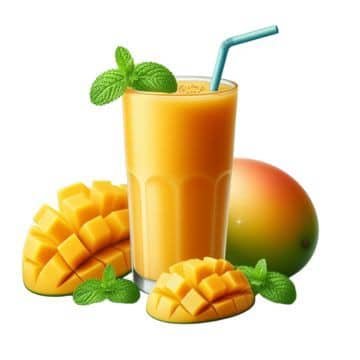
- 1 cup pineapple chunks
- 1 banana
- 1 tsp Baobab powder
- 1 cup coconut water
- 1 tsp honey (optional)
Moringa Green Protein Powerhouse
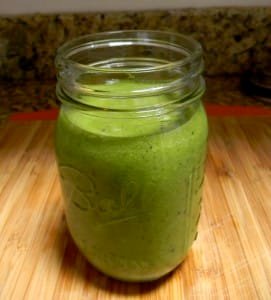
- 1 cup spinach
- ½ cup frozen mango
- 1 tsp Moringa powder
- 1 tbsp almond butter
- 1 cup almond milk
Tigernut Cinnamon Breakfast Blend
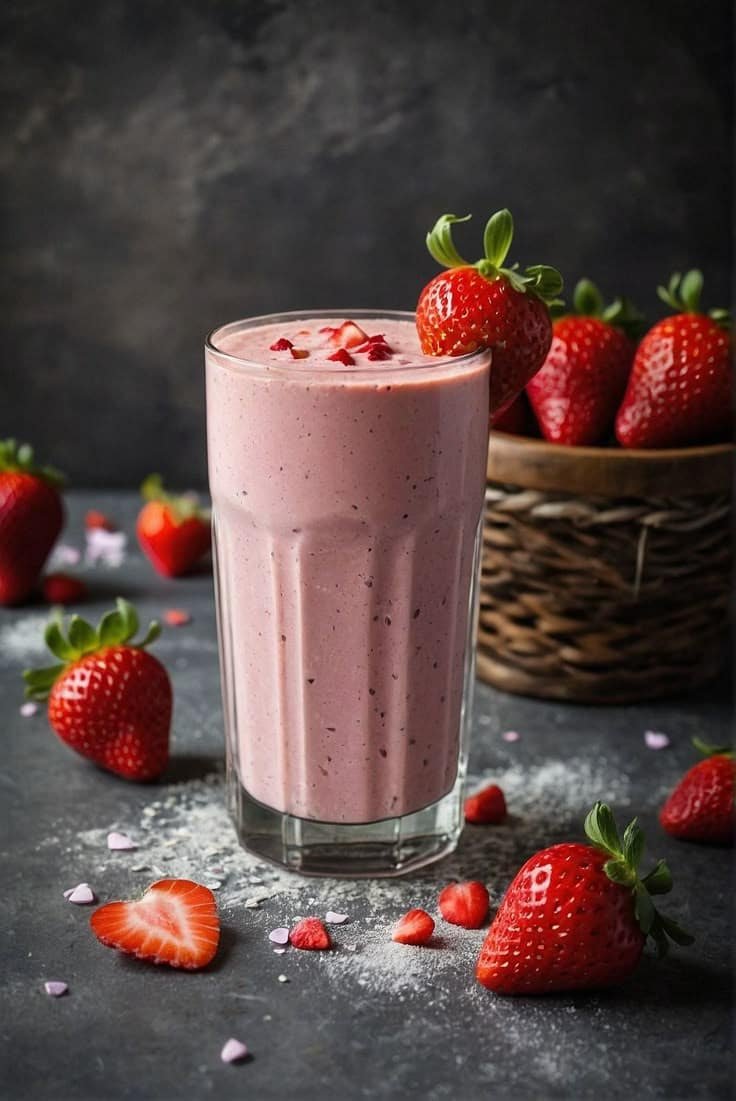
- ½ cup frozen strawberries
- 1 banana
- 1 tbsp Tigernut flour
- 1 tsp cinnamon
- 1 cup oat milk
Hibiscus Berry Refresher
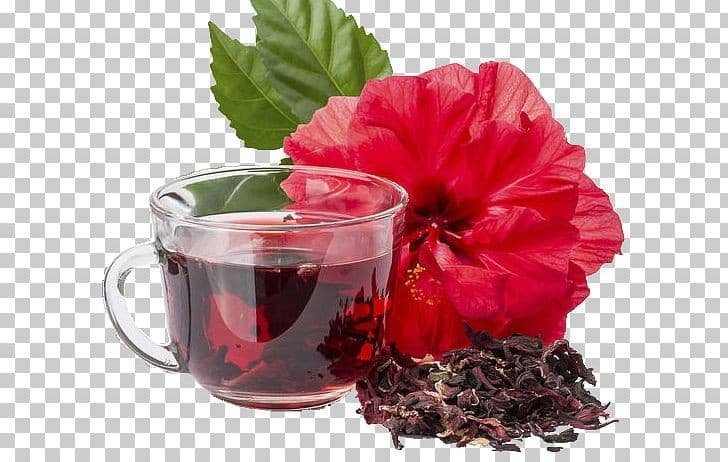
- 1 cup mixed berries
- 1 tbsp Hibiscus tea (cooled)
- 1 tbsp chia seeds
- 1 cup coconut water
Part 4: Creating Instagram-Worthy Superfood Bowls
Creating a smoothie bowl is all about the layers and toppings. Start with a thick smoothie base and top it with your favorite ingredients to make your bowl as aesthetically pleasing as it is nourishing.
Base Options:
- Thick Smoothie Base: Blend frozen fruits and a little liquid to create a creamy, scoopable base.
- Yogurt or Overnight Oats: Swap for a dairy-free option if desired.
Topping Ideas Featuring African Ingredients:
- Fonio Granola Clusters: Crunchy, nutty, and high in protein.
- Spiced Tigernut Crumble: A flavorful topping to add texture and prebiotic fiber.
- Moringa-Dusted Fruits: Add a light dusting of Moringa powder over fruits like pineapple or papaya.
3 specific recipes:
Baobab Tropical Smoothie Bowl
- Base: Frozen pineapple, banana, coconut milk, and Baobab powder
- Toppings: Coconut flakes, granola, chia seeds
Savory Breakfast Fonio Bowl
- Base: Cooked Fonio, avocado, poached eggs (optional), and Moringa powder
- Toppings: Roasted sweet potato, salsa, hemp seeds
Chilled Teff Pudding Bowl
- Base: Cooked Teff mixed with almond milk and honey (chilled overnight)
- Toppings: Pomegranate seeds, crushed nuts, dried figs
Part 5: Prep-Ahead Strategies
Meal Prep Techniques for Busy Schedules:
- Pre-portion your smoothie ingredients into freezer bags for quick blending.
- Prepare overnight oats or Fonio the night before to save time.
Freezer-Friendly Smoothie Packs:
Combine frozen fruit, powders, and add-ins into individual bags. In the morning, just add your liquid base and blend!
Storage Guidelines:
Frozen smoothie packs can be stored for up to 3 months. Keep prepped components like Teff or Fonio in airtight containers in the fridge for up to a week.
Part 6: Adapting to Dietary Needs
- Plant-Based/Vegan Options: Opt for almond milk, coconut yogurt, and plant-based protein powder.
- Low-Sugar Adaptations: Choose low-glycemic fruits like berries, and use stevia or monk fruit as sweeteners.
- Protein-Boosting: Add a scoop of plant-based protein powder or include nuts and seeds like chia or hemp.
- Gluten-Free Considerations: All the African superfoods mentioned (Fonio, Teff, Tigernuts) are naturally gluten-free!
Part 7: Troubleshooting Common Challenges
- Texture Issues: If your smoothie is too runny, add more frozen fruit or ice cubes. For thicker bowls, try blending with less liquid.
- Strong Flavors: If an ingredient like Moringa tastes too earthy, balance it with a sweeter fruit like mango or banana.
- Clumping Powders: To avoid clumping, add powders after the liquids and fruits are blended, or use a whisk to mix powders into smoothies.
- Enhancing Digestibility: Tigernuts and Fonio are excellent for gut health, but for smoother digestion, soak them overnight.
Conclusion
Incorporating African superfoods into your smoothies and bowls is an easy and delicious way to elevate your meals while boosting your nutrition. With their rich flavors, textures, and health benefits, Baobab, Moringa, and other superfoods are perfect for anyone looking to add more vibrancy and vitality to their diet. Don’t be afraid to experiment with these ingredients beyond the recipes provided—your body (and Instagram feed) will thank you!
Read Also: The Ultimate Guide to Protein-Rich Foods for Vegetarians
Ready to get started? Try one of the recipes this week and share your creations on social media. Let’s bring these powerful African superfoods to the world, one smoothie at a time!
Frequently Asked Questions (FAQs)
The best African superfoods for smoothies and bowls include Baobab, Moringa, Fonio, Tigernuts, Hibiscus, Teff, and Yam Bean. These ingredients are packed with vitamins, antioxidants, fiber, and healthy fats, making them a great addition to your meals.
Yes, many African superfoods are naturally plant-based, gluten-free, and high in protein. Ingredients like Fonio, Tigernuts, and Baobab are great for gluten-free diets, while Moringa and Hibiscus can be easily adapted for vegan or low-sugar preferences.
You can find African superfoods at specialty health food stores, online retailers, and stores dedicated to African food products. Be sure to look for high-quality, organic options to ensure the freshest ingredients.
Most African superfoods, such as Baobab powder and Moringa leaves, should be stored in a cool, dry place. For powders, airtight containers are essential to maintain potency. For fresh ingredients like Hibiscus flowers, Tigernuts, or Fonio, store them in sealed bags or jars.
While a blender is the most effective tool for creating smooth and creamy smoothies, you can use a food processor or a hand mixer as an alternative. For bowls, you can use a whisk or spoon to combine ingredients.
African superfoods vary in flavor, from tangy (Baobab) to earthy (Moringa). To balance these flavors, use complementary fruits like mango, pineapple, or bananas, and adjust sweetness with natural sweeteners like honey or agave.

